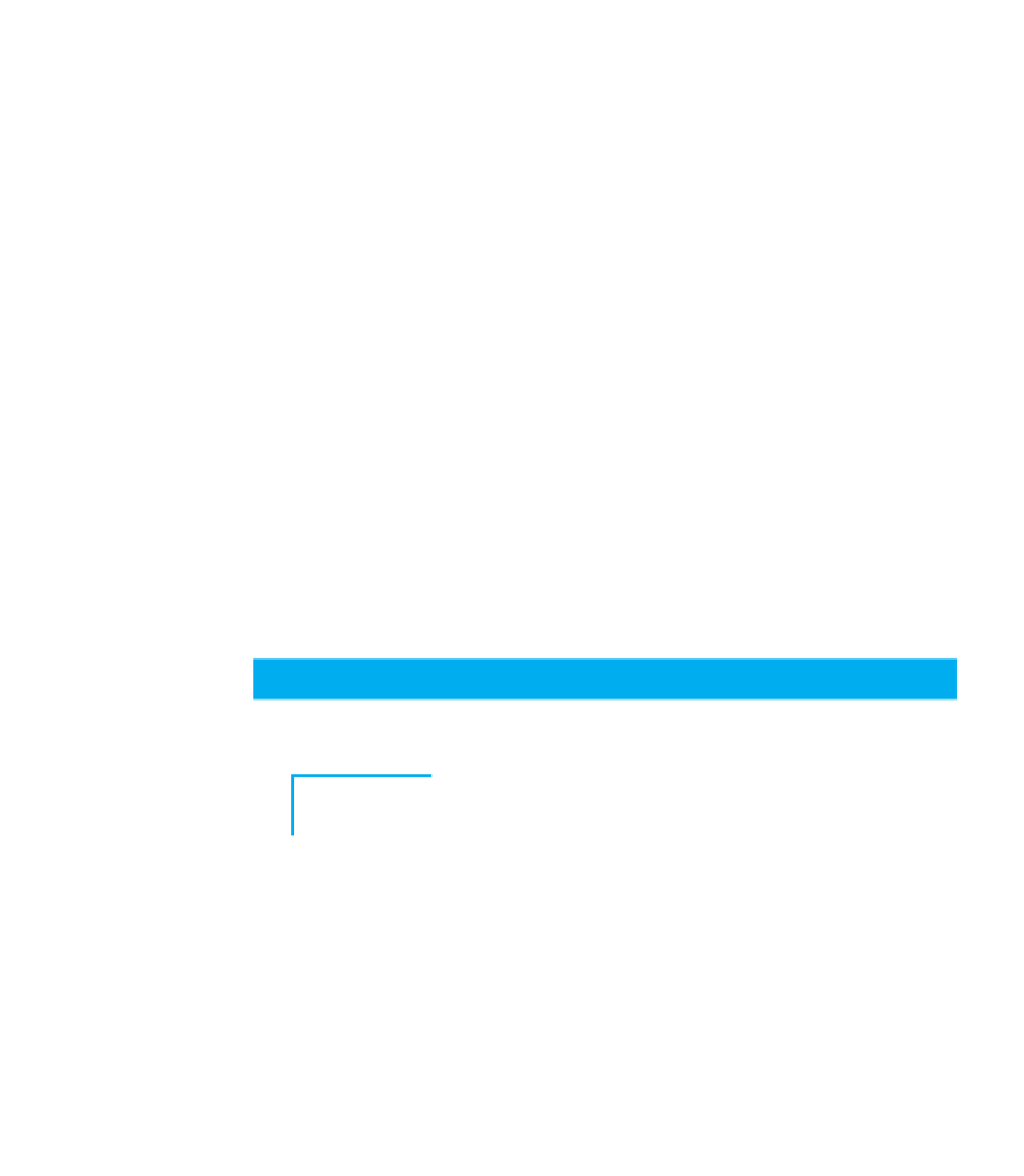Java Reference
In-Depth Information
•
Don't be surprised when you see numbers that are slightly off from the expected
values.
•
Don't expect to be able to compare variables of type
double
for equality.
To follow up on the third point, consider what the preceding code would lead to if
we were to perform the following test:
if (dollars1 == dollars2) {
...
}
The test would evaluate to
false
because the values are very close, but not close
enough for Java to consider them equal. We rarely use a test for exact equality when
we work with
double
s. Instead, we can use a test like this to see if numbers are close
to one another:
if (Math.abs(dollars1 - dollars2) < 0.001) {
...
}
We use the absolute value (
abs
) method from the
Math
class to find the magnitude
of the difference and then test whether it is less than some small amount (in this case,
0.001
).
Later in this chapter we'll introduce a variation on
print
/
println
called
printf
that will make it easier to print numbers like these without all of the extra digits.
Programmers commonly face problems that require them to create, edit, examine,
and format text. Collectively, we call these tasks
text processing
.
Text Processing
Editing and formatting strings of text.
In this section, we'll look in more detail at the
char
primitive type and introduce a
new command called
System.out.printf
. Both of these tools are very useful for
text-processing tasks.
The primitive type
char
represents a single character of text. It's legal to have vari-
ables, parameters, and return values of type
char
if you so desire. Literal values of
type
char
are expressed by placing the character within single quotes:
char ch = 'A';

Search WWH ::

Custom Search